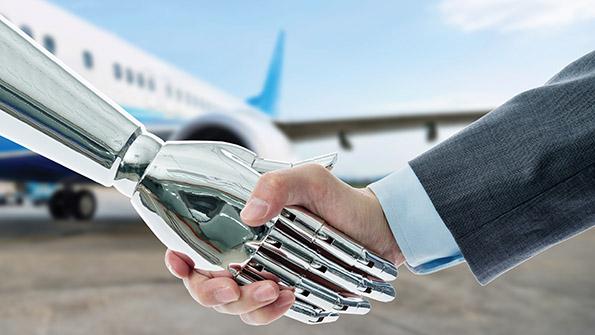
Credit: Baona/Getty Images
Artificial intelligence (AI) in the air transport industry is not new. For decades, computers have crunched data in maintenance, repair and overhaul operations to identify and predict when parts need to be repaired or replaced before they fail, allowing airlines to get ahead of potential service...
AI Will Be An Important Tool For Airlines If They Avoid The Risks is part of our Air Transport World subscription.
Subscribe now to read this content, plus receive full coverage of what's next in air transport from the experts trusted by the global air transport community. Every article focuses on what airline management professionals need to run their airline, including crucial analysis and insights in financing, airframes and engines, environmental and regulatory pressures and much more.
Already a subscriber to ATW or an AWIN customer? Log in with your existing email and password.





